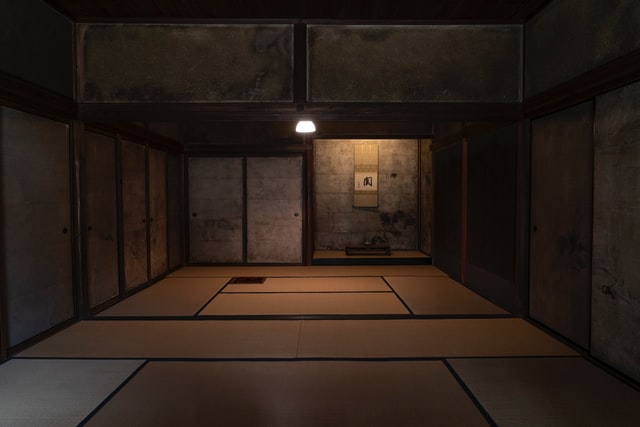There are many materials from which to choose, and professional floor refinishers who aren’t out to sell a particular product can recommend materials based on the dryness/dampness of your basement floor and its condition, whether it’s smooth, cracked or nicked. Have floor cracks fixed before any basement remodeling project to avoid headaches in the future, experts say.
You can you can test the dampness of your basement floor yourself before calling a professional floor refinisher or embarking on a do-it-yourself project. Take a good-size sheet of impermeable material — a big trash bag, for example — and lay it flat on the basement floor. Tape it down on all sides so that no air gets underneath. Repeat this in a couple of corners, in areas by walls and in the center of the room. Leave the bags there for at least 24 hours, and then check under them to see if moisture has accumulated. If it is damp under the bag, you have a moisture problem that needs to be resolved before you proceed. Often times you won’t notice the dampness because it just evaporates away and your concrete can appear dry. However when you cover concrete with carpet, tile, paint or coatings you are in effect sealing the surface and trapping the moisture between the concrete’s surface and floor covering, creating a perfect breeding ground for mold and mildew.
What are some of the options?
1. Concrete Overlays – concrete overlays are also referred to as skim coats. They are thin coats of very fine concrete. They are mixed to the consistency of pancake mix in 5 gallon buckets with a drill and inexpensive mixing paddle. They are applied with 2 coats about 1/16th of an inch thick. After the concrete dries it gets sealed. Chemical bonding vs. mechanical bonding is an important element of the product selection. When a concrete floor cracks, the thin mechanical bond also cracks which can lead to deterioration. A chemical bond remains with and on the concrete regardless of floor shifting or movement. Now you have a thin seamless floor in any color. Clean, easy to clean, breathable so moisture can pass through. Mold resistant, any mold can be easily cleaned. Thin so height is not an issue.
A concrete overlay solves just about all basement floor covering issues. Add area rugs for warmth and decor. They can removed to clean or thrown out and replaced. Many area rugs are inexpensive. Cost for materials is below $2.00 per square foot.Due to new improvements and developments with overlays there are a few systems on the market that are easy to apply. We do not recommend it, but you can also put down area rugs and runners. The area rugs and runners can be removed for cleaning or easily replaced.
2. Hardwood – doesn’t work. Two reasons. First it raises the height of the floor at steps and doorways. Few homes were designed for basement floors other than concrete, its always an afterthought. Raise the floor height and you violate code at steps and have a doorjam issue. Second moisture will cause hardwood to expand and contract causing floor to buckle. Engineered flooring is a good alternative product because it is constructed from three to five layers of different hardwood material with a higher density. The layered construction offers a higher resiliency to humidity changes.
We do not recommend that you install a laminate in the basement, however, if you really want to, there are certain precautions that are absolutely necessary – that is if you don’t want to re-install another type of flooring shortly after the laminate. Test the concrete first for moisture, for at least 24 hours. Be sure to use at least a 6 mil polyethylene moisture barrier (plastic sheeting) and the plastic coated foam that the manufacturer of your laminate recommends.
3. Ceramic Tile – Like hardwood there is the height issue at doorways and steps. The negative is the grout lines where dirt and moisture settle. A big advantage if height is not an issue is you can install a radiant heat mat, then install tile. A great solution, but expensive.
4. Vinyl Tile – Thin and inexpensive. Moisture coming through a concrete slab can delaminate tile. Vinyl or linoleum are not breathable so moisture will not penetrate. Instead it will trap moisture. If you get water in basement it will settle in joints where tile meets tile and you will have to replace the floor.
5. Carpet – carpet will warm up a cold damp basement floor . However, it will work like a sponge for moisture and collects dust. If you just have to have carpet, make certain to put down the best vapor barrier you can and be sure to select a mold resistant material and use interlocking squares with no adhesive for easy replacement.






